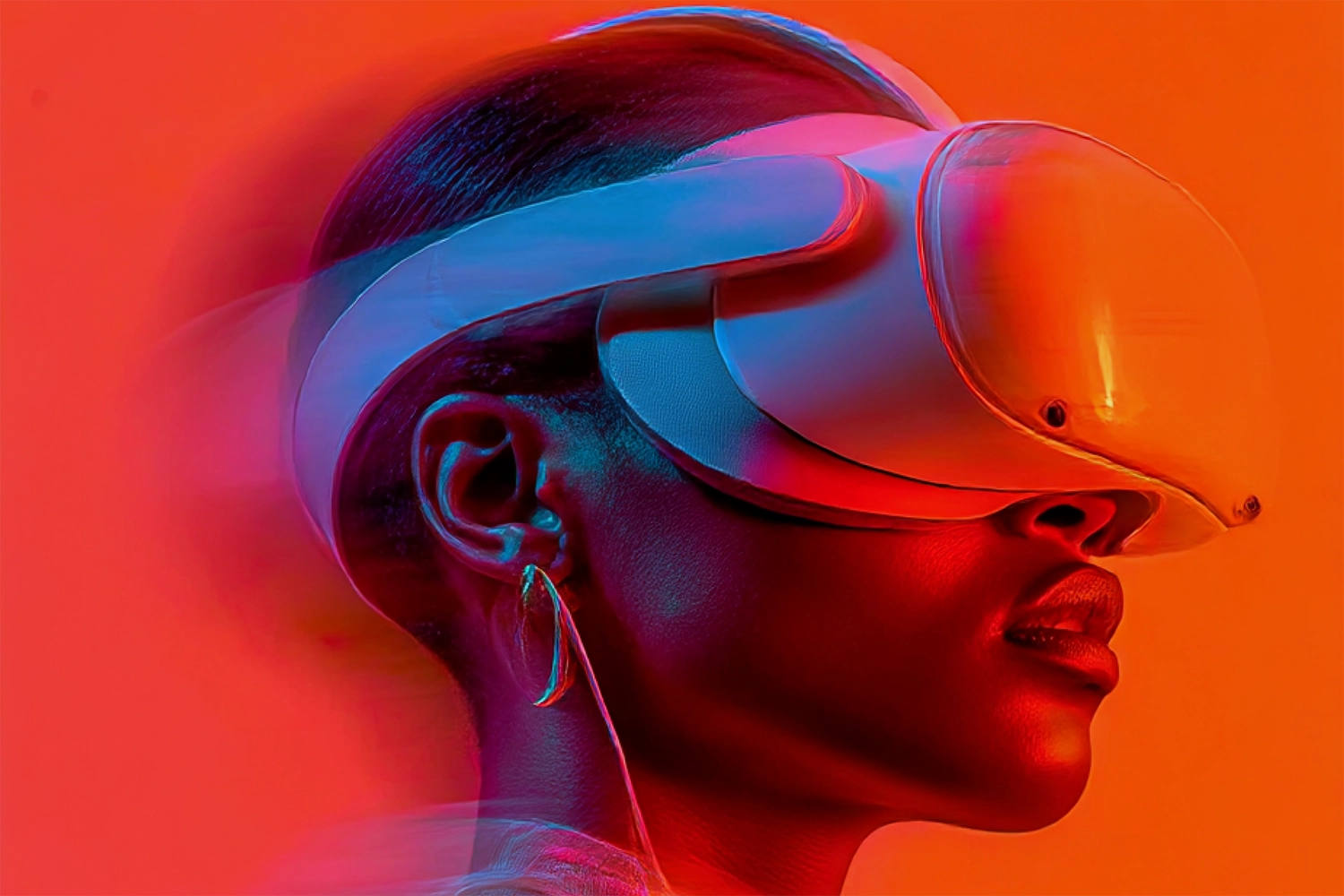06/03/2025 • by Jonas Kellermeyer
What is R&D?

Today we want to explain our understanding of Research & Development (R&D) in simple terms. What can you expect as part of our forward-looking performance? And for whom is such an investment worthwhile? Spoiler: You will most definitely benefit too!
What is R&D?
As an abbreviation for Research & Development, R&D refers to the systematic process in which new knowledge is gained and transformed into innovative products, services or processes. R&D involves formulating hypotheses, planning experiments, building prototypes and carrying out validation tests to ensure technological and marketable feasibility. Through R&D, companies may create the basis for sustainable competitiveness by continuously generating knowledge, observing technological trends and transferring this knowledge into marketable solutions. R&D includes both basic research and applied research as well as development projects, which are often interdisciplinary and based on clearly defined goals and milestones which have to pass through quality gates.
Exemplary areas of application regarding R&D
We have compiled five exemplary areas of application in which R&D leads to measurable benefits and marketable innovations:
1. Electronics and semiconductor development
In high-tech laboratories, engineers in R&D research new semiconductor processors and energy-efficient chips. With the help of simulation tools and lithography processes, prototypes are produced and integrated into subsequent generations of smartphones, IoT devices or server farms.
2. Automotive & electromobility
Automobile manufacturers are investing heavily in future drive technologies such as hydrogen fuel cells or solid-state batteries in R&D. R&D teams develop prototype vehicles, carry out crash and range tests and optimize manufacturing processes for series production.
3. Pharmaceutical drug research
In the pharmaceutical industry, R&D is at the heart of new therapies. Chemists and biologists identify potential drug candidates using high-throughput screening, develop formulations and see them through preclinical and clinical trials to approval.
4. Digital Services & Artificial Intelligence
Digital agencies and tech companies conduct R&D to develop machine learning models, AI algorithms and data-driven platforms. R&D projects generate prototype apps, test features in controlled A/B tests and validate new business models through MVPs (minimal viable products).
5. Sustainable materials research
In the chemical and materials industry, R&D departments use bio-based plastics, nanostructured materials and recycling processes. The aim is to reduce CO₂ emissions, implement circular economy concepts and at the same time optimize material properties (strength, heat resistance).
Conclusion regarding R&D
R&D is much more than just a cost factor: with a structured R&D process, market risks can be minimized, innovation cycles drastically shortened and product quality sustainably increased. Through continuous R&D, companies remain flexible in the face of technological disruptions and can adapt to new trends at an early stage. Those who anchor R&D strategically and interdisciplinarily in their business processes lay the foundation for future-proof products, greater efficiency and long-term market success. The help of proven experts is an option that has to be considered extremely worthwhile.
FAQ / R&D
To give you a quick recap of the advantages of using R&D, the following section summarizes the most important insights in a concise way:
What exactly does R&D mean?
R&D stands for “Research & Development.” It describes the systematic process by which companies research, develop, and bring new products, services, or processes to market.
Why is R&D so important for companies?
R&D is the innovation engine of any business. Without continuous research, companies risk falling behind technologically and losing market share. Successful R&D projects lead to competitive advantages, strengthen the brand, and secure long-term viability.
What does a typical R&D process look like?
The process often begins with basic research and idea generation. This is followed by concept development, prototyping, testing, and finally, market launch. Modern R&D approaches often rely on agile methods, allowing faster reactions to feedback.
Is R&D only relevant for large companies?
No, small and medium-sized enterprises (SMEs) benefit enormously from R&D as well. Government funding programs or partnerships with universities allow SMEs to develop innovations cost-effectively and open up new markets.
How do you measure the success of R&D?
Key success metrics include the number of patents developed, the launch of new products, ROI (Return on Investment), or improvements to existing processes. It’s important to define clear KPIs to track progress.
What challenges are associated with R&D?
Typical hurdles include high costs, a shortage of skilled workers, and long development cycles. R&D also carries uncertainty, since not every research project leads to a market-ready result. A sound strategy and structured project management are essential to minimize these risks.
